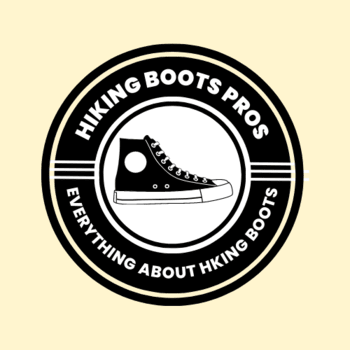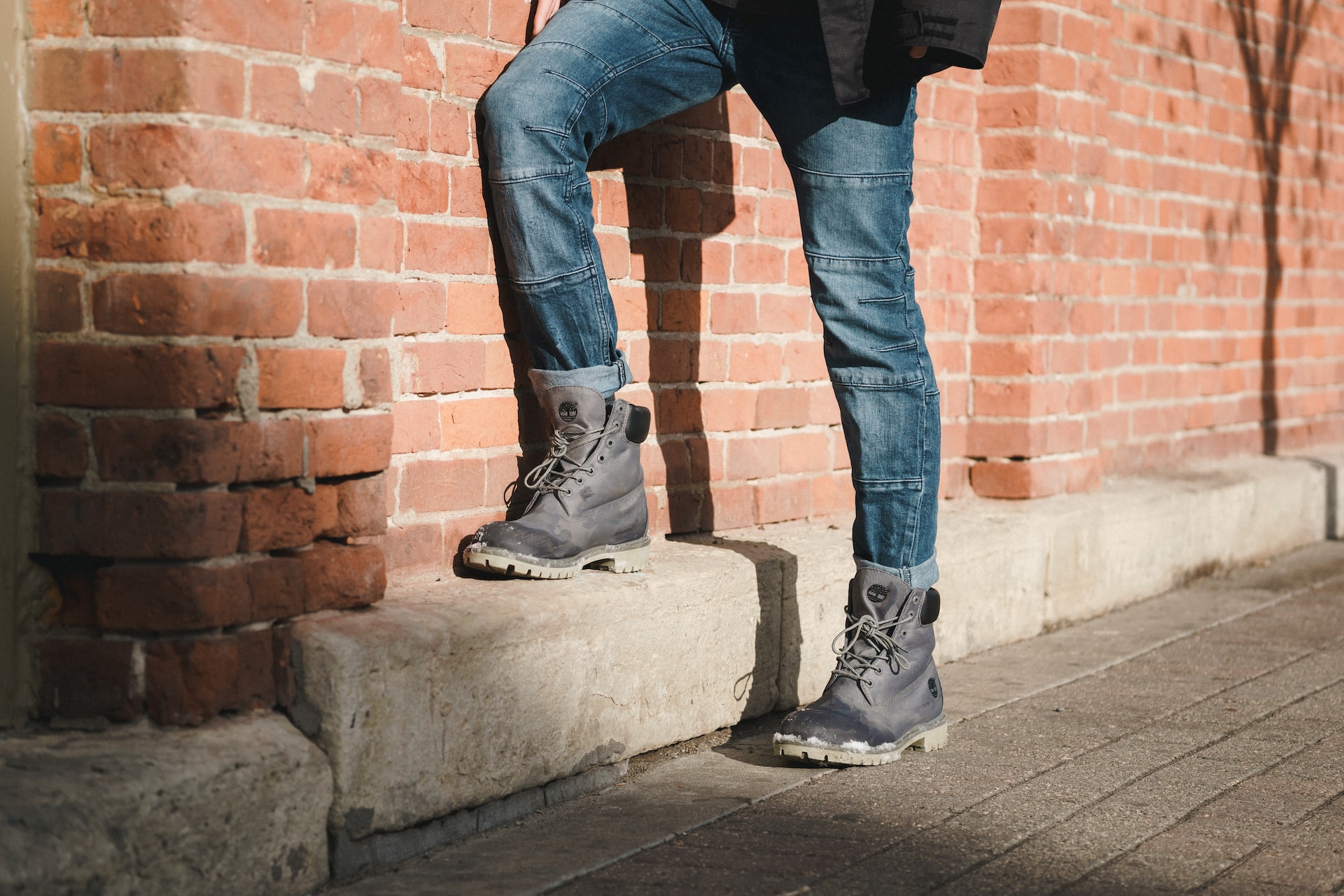High boots are a popular type of footwear that has been around for centuries. They are often associated with fashion, but many people also wear them for practical reasons, such as protection from the cold or wet weather. However, one question that arises is, are high boots healthy for your feet?
In this blog post, we will explore this question and provide valuable information on the impact of high boots on foot health. We will also discuss how to choose healthy high boots and provide tips for maintaining foot health while wearing them.
Are High Boots Healthy?
When it comes to the health of our feet, we must be careful about the footwear we choose. High boots are not inherently unhealthy, but they can impact foot health if not chosen carefully. The primary issue with high boots is that they can be tight around the ankle, which can restrict blood flow and cause discomfort.
Additionally, if the boots are too tight around the toes, it can lead to issues such as blisters, calluses, and corns.
Another potential issue with high boots is that they can alter the way we walk, which can lead to foot pain, knee pain, and even lower back pain. This is especially true if the boots have a high heel, which can put additional pressure on the ball of the foot and increase the risk of falls.
What Are High Boots?
High boots are a type of footwear that covers the foot and extends up the leg. They can be made from a variety of materials, including leather, suede, and synthetic fabrics.
High boots come in many different styles, from ankle-high to knee-high, and even thigh-high. They are often associated with fashion and can be worn with many different types of clothing, from dresses to jeans.
Description of high boots
High boots are typically made of sturdy material that covers the foot and extends up the leg. They can be made from a variety of materials, such as leather, suede, or synthetic fabrics.
The height of the boots can vary, with some reaching just above the ankle and others extending all the way up to the thigh. High boots often have a heel, although the height of the heel can vary from flat to several inches.
Different types of high boots are available
There are many different types of high boots available, each with its own unique style and purpose. Some of the most common types of high boots include:
Ankle boots are boots that reach just above the ankle and are often worn with jeans or dresses. Knee-high boots extend up to the knee and are often worn with skirts or dresses. Over-the-knee boots extend above the knee and can be worn with short skirts or dresses.
Riding boots are tall boots that are designed for horseback riding but can also be worn as a fashion accessory. Combat boots are sturdy boots that are often worn by military personnel but have also become popular in fashion.
High boots differ from other footwear

High boots differ from other types of footwear in that they cover more of the leg. This can provide added warmth and protection, making them a popular choice for winter weather. High boots also often have a heel, which can add height and style. However, the high heel can also have a negative impact on foot health if not chosen carefully.
High boots also differ from other types of footwear in that they can alter the way we walk. The added height of the heel can shift our weight forward, which can cause additional pressure on the ball of the foot. This can lead to foot pain and even injuries such as sprains or fractures.
What Has Impact on Foot Health?
Limited ankle mobility, improper fit, and lack of support are all factors that can have a negative impact on foot health when wearing high boots.
Effect of Limited Ankle Mobility on Posture
High boots can limit ankle mobility, which can lead to poor posture and discomfort. When ankle mobility is restricted, it can cause the body to compensate by altering the way we stand and walk. This can lead to issues such as lower back pain, knee pain, and foot pain. Proper ankle mobility is important for maintaining good posture and reducing the risk of injury.
Proper Fit and Support
Choosing high boots that fit properly and provide adequate support can help to mitigate the negative effects on foot health. High boots should fit snugly but not be too tight, as this can cause discomfort and restrict blood flow. It is also important to choose boots with proper arch support and cushioning to reduce the risk of foot problems.
Common Foot Problems
Wearing high boots for extended periods of time can lead to common foot problems such as blisters, calluses, and corns. The pressure and friction caused by high boots can irritate the skin and cause these issues. It is important to take breaks and remove your boots periodically to allow your feet to breathe and reduce the risk of these issues.
How to Choose Healthy High Boots?
A good fit means that the boots should feel snug but not tight, with enough space to wiggle your toes comfortably. Another important consideration when choosing healthy high boots is the appropriate material.
Boots made from high-quality leather or suede are generally better options than those made from synthetic materials, as they provide better breathability and durability. Following are some tips:
Finding the right fit
One of the most crucial factors in choosing healthy high boots is finding the right fit. Ill-fitting boots can cause foot pain, blisters, and even long-term foot problems. When shopping for high boots, it is essential to try them on with the socks you will be wearing to ensure a proper fit.
Make sure there is enough room in the toe box for your toes to move freely, and the boots fit snugly around the ankle and heel. It is also important to walk around in the boots to test for any discomfort or rubbing.
Choosing the appropriate material
The material of the boots can also play a significant role in foot health. High-quality materials such as leather or suede can provide both support and breathability for the feet.
Avoid boots made from synthetic materials that do not allow the feet to breathe, as this can lead to foot odor and fungal infections. Additionally, make sure the boots have a sturdy sole that provides proper traction and support for your feet.
Proper ankle movement
High boots can limit ankle movement, leading to foot problems and even affecting posture. When choosing high boots, look for ones that allow for proper ankle movement. Boots with a slight heel can also provide some extra support for the ankle and reduce strain on the feet.
How to Maintaining Foot Health with High Boots?
Choose high boots that fit properly and provide adequate support. Take breaks and remove your boots periodically to allow your feet to breathe. Stretch and exercise your feet and ankles regularly to maintain proper mobility.
Wear moisture-wicking socks to reduce the risk of blisters and other foot problems. Seek medical attention if you experience persistent foot pain or other issues.
Read more about: Can a walking boot cause blood clots
Conclusion
In conclusion, while high boots can be a stylish and practical fashion choice, they can also have negative impacts on foot health. Limited ankle mobility, improper fit, and lack of support can all contribute to foot problems when wearing high boots.
By choosing healthy high boots and taking steps to maintain foot health, you can enjoy the style and benefits of high boots without sacrificing your foot health.
FAQs
Wearing high boots can cause foot problems or pain if they are too tight or constricting, do not provide proper support or cushioning, or are worn for extended periods without a break.
High boots can affect your posture or back health if they have high heels or are too heavy or rigid, as they can alter the natural alignment of the spine and cause strain or discomfort in the lower back and legs.

Tyler Looney is an avid hiking enthusiast and the author of HikingBootsPros.com, a website dedicated to providing helpful insights and advice on choosing the best hiking boots. His expertise and passion for hiking have made him a valuable resource for both beginner and experienced hikers alike.

